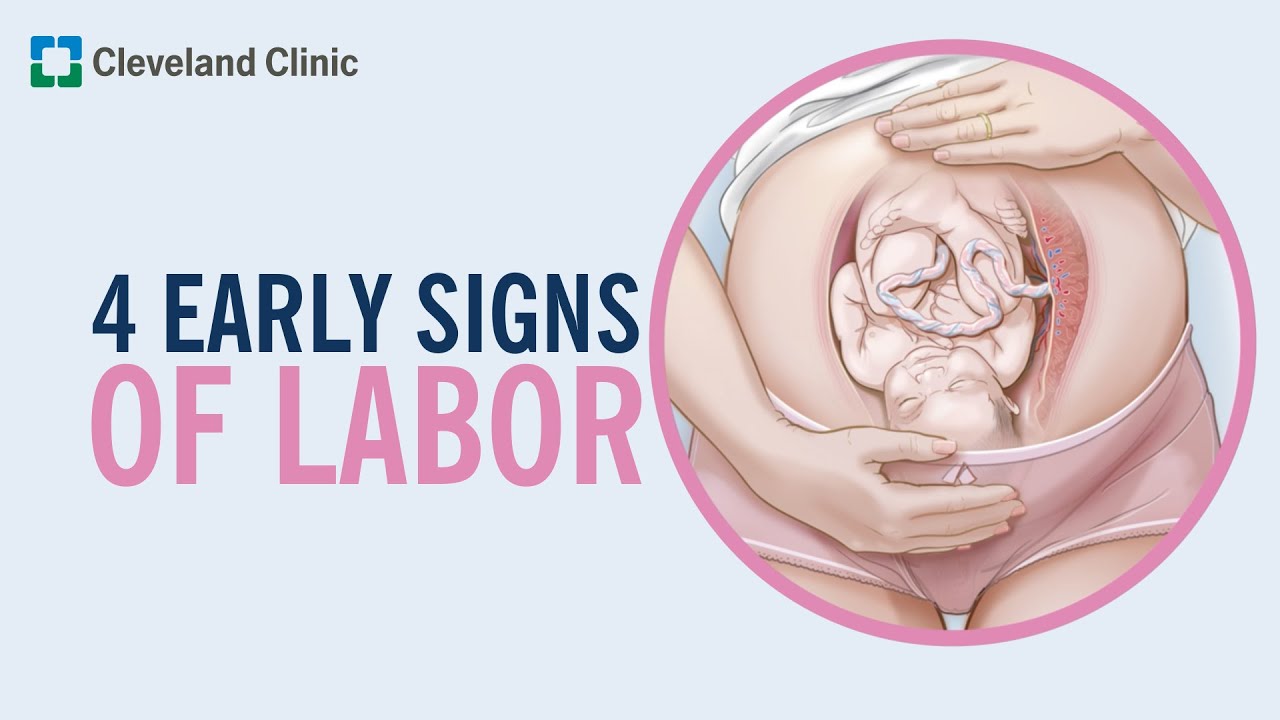The body will show many signs and symptoms as you approach the last couple of weeks of pregnancy. However, first time mothers may wonder about the labor signs and when to call the doctor or head towards the hospital. Listed below are a few of the common labor signs, which tell that your body is preparing for labor.
Pregnancy Labor Signs
Dropping
Dropping also known as ‘lightening’ occurs a few weeks prior to the onset of labor. This happens, when the baby moves down the pelvis region.
You might experience a slight downward shift in the position of the baby or you might observe a clear ‘drop’ of your tummy. Besides this, you might not notice anything else. Usually, the second time mothers will not be aware of dropping till the beginning of active labor.
Cramps
This is another sign of labor, which is something similar to menstrual cramps. You might also go through leg cramps and backache. The cramping in the legs is due to the pressure and strain on your nerves as the baby drops in the inlet of the pelvis region.
Pelvic Pressure
This kind of pressure usually increases towards the final stages of your pregnancy. You might notice that the pressure in the pelvic area is increased or you might feel that the baby is going to ‘fall out’.
Mucous Plug and Increased Discharge
You will notice that the vaginal discharge is increased, especially the mucous kind of discharge. The mucous plug may break off completely or a little at a time. In case the mucous plug is lost and there is hint of blood, it is considered as bloody show. The labor normally starts within 72 hours from the time you first notice the bloody show. However, this may not occur in every woman.
Also Read Pronunciacion de canciones
How To Deal With Preterm Labor
How to Identify Signs of Labor
Top Causes Of Menstrual Cramps In Pregnancy
Causes Of Cramping During Pregnancy
Water Breaking
Usually, the labor begins shortly after the amniotic membrane is ruptured. ‘Water breaking’ is felt like a small trickle or a gush of water. If you experience any of these signs it is important to call the doctor immediately.
In order to prevent any complications or infections many physicians will induce labor, when there is no labor even after 24 hours of ‘water breaking’.
Contractions
There is an increase in the contractions at the end of the pregnancy. The contractions will rise in frequency, duration and strength as the labor progresses. You need to call your physician as soon as you experience contractions, which occur at every interval of five minutes.
Loose Stools
Cervical effacement is caused due to the release of prostaglandins, which is also responsible for diarrhea or soft stools. This sign can be noticed when the labor is only a few hours or a day away.
Dilation and Effacement
The doctor monitoring your progress in pregnancy will inform when you begin to efface or dilate. The opening of the cervix is known as dilation and cervix’s thinning out is called effacement.
This is an indication that the labor will start soon. (If you have given birth previously, the cervix will dilate about 1- 2 centimeters prior to labor)
The other signs of labor that women may experience are diarrhea, nausea, irritability or restlessness.

Common Pregnancy Labor Signs
The body will show many signs and symptoms as you approach the last couple of weeks of pregnancy. However, first time mothers may wonder about the labor signs
nails
en
https://doityour.health/static/images/nails-common-pregnancy-labor-signs-2189-0.jpg
2024-03-22

Acording with the Digital Millennium Copyright Act (“DMCA”), Pub. L. 105-304 If you believe that your copyrighted work is being infringed, notify our team at the email [email protected]